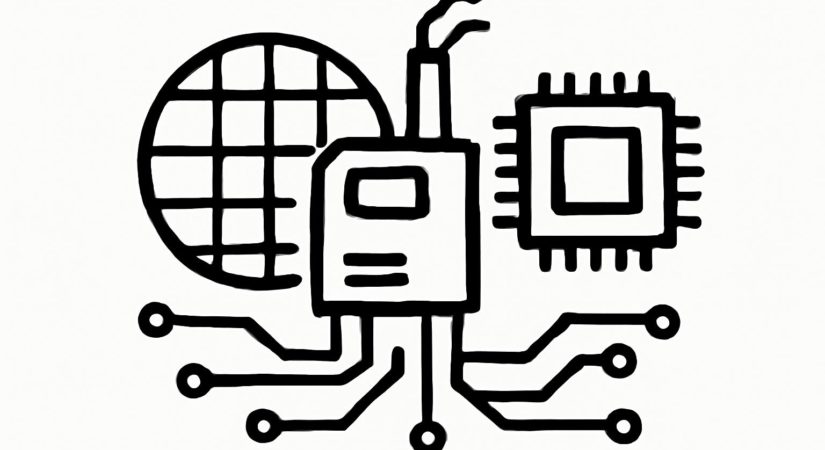A recent report claims Samsung was “shocked” by Google’s decision to move the Pixel 10 series’ processor manufacturing from Samsung to Taiwan Semiconductor Manufacturing Company (TSMC). Internally dubbed the “Google incident,” this switch highlights ongoing challenges within Samsung’s chip division.
Since the Pixel 6, Google’s in-house Tensor processors, built partly by Samsung, have underperformed compared to Qualcomm-powered rivals, particularly in raw performance and energy efficiency. Although Google continues using Samsung modems for the Pixel 10, shifting fabrication to TSMC reflects a search for better production quality.
TSMC’s reputation as the industry leader is well established, manufacturing Apple’s A-series and M-series chips and most modern Qualcomm Snapdragon processors. Samsung has not produced Apple chips since 2015 and has lost clients like Qualcomm after issues with the Snapdragon 8 Gen 1, which suffered from overheating. Qualcomm improved the design by transitioning Snapdragon 8+ Gen 1 production to TSMC’s 4nm process, achieving better performance and power efficiency.
Samsung itself often opts out of using its own Exynos chips in flagship models, favoring Qualcomm’s Snapdragon processors built by TSMC. The inconsistent performance of Samsung’s Exynos chips versus Qualcomm’s raises questions about Samsung’s confidence in its foundries, especially with reported yield rates around 50%.
Beyond chip manufacturing, Samsung faces broader strategic challenges. Despite its leadership in Android smartphones and pioneering foldable devices, the company has sometimes demonstrated a lack of innovation and urgency. Recent flagship launches have received lukewarm reviews and struggled against competitors in design and features, including foldables where rivals have taken the lead.
While Samsung continues to produce strong hardware like the Galaxy S25 Ultra and promising foldable prototypes, Google’s foundry switch points to deeper issues. If Samsung was genuinely surprised by Google’s move, it may signal a need for internal reassessment and renewed focus on execution and innovation.
